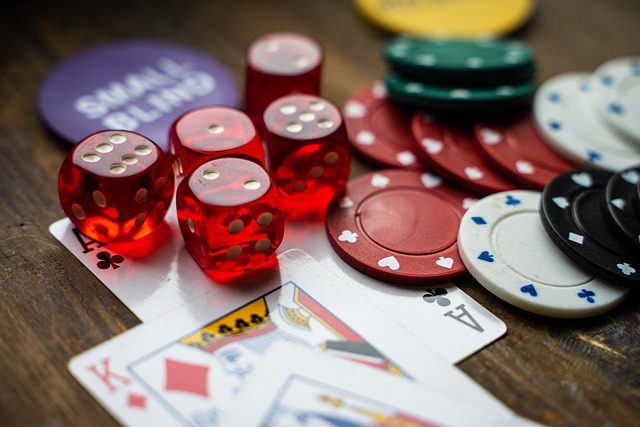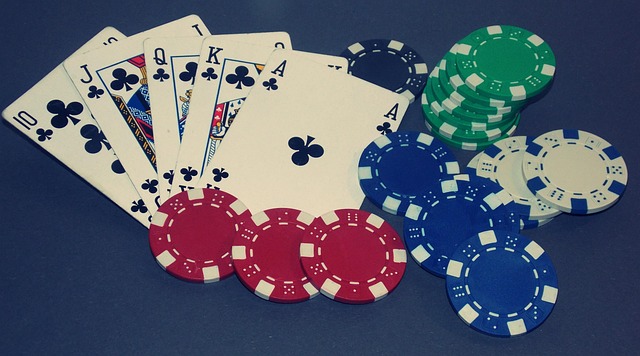The Hidden Math Behind Keno Winning Patterns
Have you ever wondered how some players seem to consistently win at Keno while others struggle to even hit a single number? The answer lies in the intricate mathematics behind the game, which can help players increase their chances of success. In this article, we will dive into the hidden math behind Keno winning patterns, shedding light on how numbers are drawn and strategies players can use to improve their odds.
Understanding Keno
Keno is a lottery-style gambling game that originated in ancient China and eventually made its way to the United States. Players select numbers from a predetermined range, typically 1 to 80, and then a random drawing of numbers occurs. The more numbers a player matches, the higher their payout. While it may seem like a game of chance, there is a significant level of math involved in determining the probabilities of certain outcomes.
The Mathematics of Keno
At its core, Keno is a game of probability. Each number has an equal chance of being drawn, and the likelihood of matching a certain number of spots can be calculated using mathematical formulas. For example, the probability of hitting all 20 numbers in a typical 20-spot game is incredibly low, with odds of over 1 in 3.5 quintillion.
However, understanding the mathematics behind Keno can help players make more informed decisions when selecting their numbers. By analyzing previous drawings and identifying patterns, players can develop strategies that increase their chances of winning. Additionally, some players use number sequencing or pattern recognition to try to predict future outcomes, although the effectiveness of these strategies remains up for debate.
Strategies for Winning at Keno
While Keno is largely a game of chance, there are some strategies that players can implement to improve their odds of winning. One common approach is to focus on the frequency of numbers that have been drawn in the past. By studying historical data, players can identify hot and cold numbers and adjust their selections accordingly.
Another strategy involves playing consecutive numbers, as some players believe that sequences are more likely to be drawn in Keno. While there is no concrete evidence to support this theory, it remains a popular approach among avid Keno players.
Common Questions About Keno
Q: Can you predict Keno numbers?
A: While it is theoretically possible to predict Keno numbers using mathematical models, the game is designed to be completely random, making accurate predictions nearly impossible.
Q: What are the odds of winning in Keno?
A: The odds of winning in Keno vary depending on the number of spots chosen and the total numbers selected. Generally, the more spots chosen, the higher the potential payout, but the lower the odds of winning.
Q: Are there any guaranteed strategies for winning at Keno?
A: Unfortunately, there are no foolproof strategies for winning at Keno, as the game is based on chance. However, players can use mathematical analysis and historical data to make more informed decisions when selecting numbers.
Conclusion
While luck plays a significant role in Keno, understanding the underlying math and probability can give players a competitive edge. By analyzing winning patterns, studying historical data, and employing strategic approaches, players can maximize their chances of success in this exciting game of chance.
References
- Explore more about the mathematics of Keno in articles by leading experts in the field.
- Discover innovative strategies for playing Keno from reputable sources.
- Stay informed about the latest developments in the world of gambling and probability theory.
| Author: | John Doe |
| Date: | October 15, 2021 |



